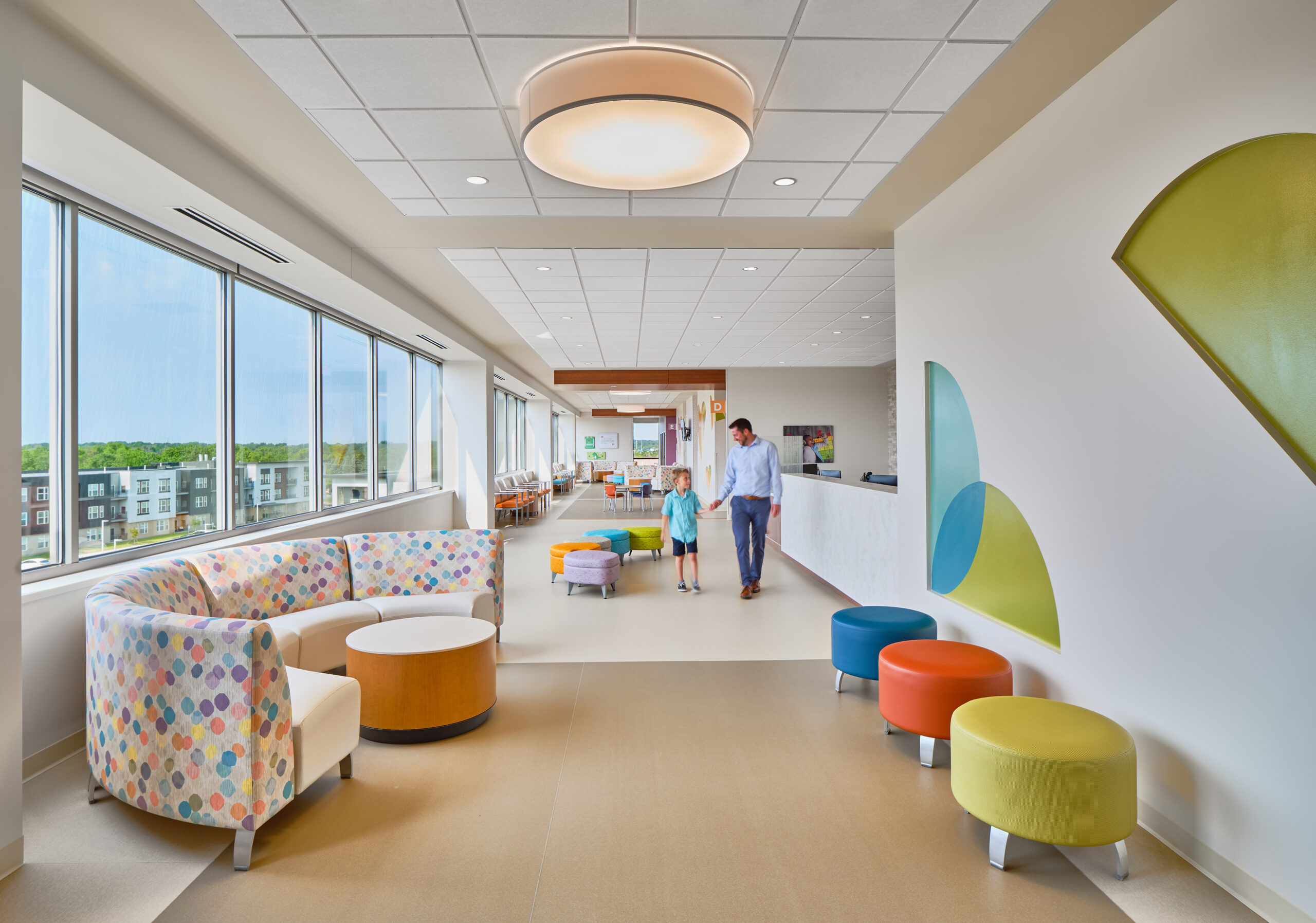 We have all heard the term “synergy” used many times and we know the whole is greater than the sum of the parts. Synergy is more critical than ever when designing a space to heal — particularly that space’s building envelope. Patient recovery, as well as staff and guest safety, comfort and productivity, can be optimized if we evaluate how each of the specified products work together and with other systems, rather than in isolation. But what does this synergistic approach entail in a practical sense?
We have all heard the term “synergy” used many times and we know the whole is greater than the sum of the parts. Synergy is more critical than ever when designing a space to heal — particularly that space’s building envelope. Patient recovery, as well as staff and guest safety, comfort and productivity, can be optimized if we evaluate how each of the specified products work together and with other systems, rather than in isolation. But what does this synergistic approach entail in a practical sense?
There are four indoor environmental quality elements that must be considered when designing spaces to maximize the opportunity for healing: indoor air quality, acoustics, visual engagement and thermal comfort.
Mimic the Human Body
A healthy functioning building has much in common with the human body. They are both complex systems of structure and skin intended to keep the mechanical, electrical and intellectual functions safe and prosperous. Like the body, even perfectly designed and constructed building envelope systems need maintenance and care, and these must be rendered with the same consideration that went into the original design. Maintaining graceful order between the systems, the user and the outside world is the balance that aids healing.
By approaching this healing design challenge in a learned and systematic manner, we can begin to foster a harmony of passive and active systems that, when coupled with a knowledgeable and engaged building operator, will reduce our impact on the natural environment while optimizing patient recovery. For example, we can reduce the amount of energy required to maintain a comfortable environment by creating a passive building envelope that insulates from the weather. It is this balance of heat and moisture flow that improves durability and, surprisingly, indoor air quality.
Look Outside
It’s interesting that achieving good indoor environmental quality (a balance of thermal comfort, clean air, quiet surroundings and visual clarity while maintaining connectivity with nature) actually begins with bringing the outside in. To achieve a true healing space, the building envelope of the future needs to provide not only thermal and moisture control, but also access to natural light and connectivity for occupants. Windows are the obvious solution, but only if we elevate our expectations. While windows let in visible light, they can also allow tremendous flows of potentially harmful invisible energy, such as infrared and ultraviolet radiation, which have a tangible impact on patient comfort (not to mention durability).
Fortunately, with emerging technologies like spectrally selective coatings and electro-chromic glazing, we can optimize the transmission of the vision light we need while significantly reducing energy losses previously incurred. When these technologies are integrated into a wall that is thermal/moisture balanced, we begin to create the sort of boundary we desire – a boundary that is long lasting and efficient while allowing for an interior that is as transformative as the facility’s potential mission.
Harnessing Light and Sound
The surfaces of the interior space must work in harmony to control the flow of two vital energy forms: light and sound. Walls and ceilings must reflect light inwardly from our windows without creating glare, while sound is reduced. This is only possible if the boundaries of those spaces simultaneously reduce transmission through and reflection off themselves. In general, high NRC-rated materials are utilized together smartly to create high Sound Transmission Coefficient, Impact Insulation Class and Ceiling Attenuation Class assemblies.
If we take an inventory of our systems approach thus far, we have accomplished every goal except air quality. The energy penalty that comes with removing the return on an HVAC system is tremendous, so you may want to consider alternate methods to strike a balance between air quality and energy efficiency. The system approach suggests a combination of good particle filtration and gas reduction along with a blend of fresh air. Good particle filtration equals high Minimum Efficiency Reporting Values. Gas reduction equals low emitting materials and VOC sequestering surfaces. Finding the balance is clearly defined: ASHRAE 62.
While health care spaces are as complex as the human body, each project is also unique. When we consider an elegant and successful sub-system in nature (the lotus leaf for example and its ability to repel water), what appears to be a complex and abstract characteristic actually boils down to a simplistic system. Similarly, a systematic design approach to a building envelope allows for an infinite number of elegant and healing solutions.





